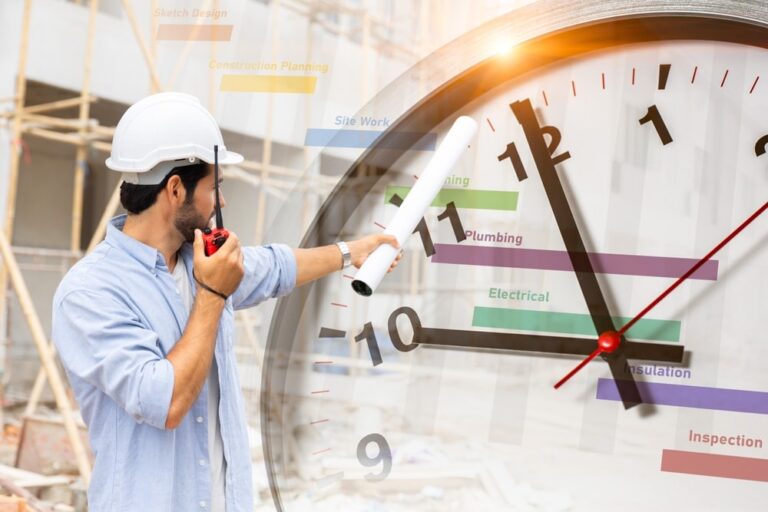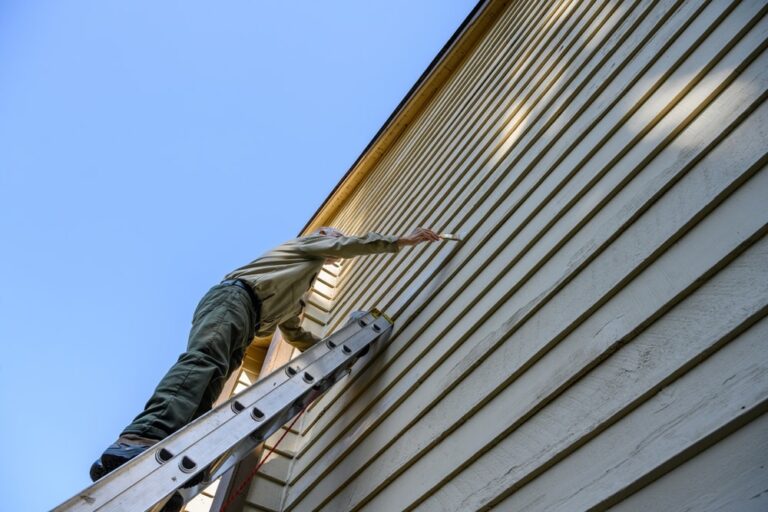If you’re replacing your siding, vinyl siding is a top contender that can protect your home as well as beautify it for a renewed appearance and greater structural integrity. Whether you know how to hang vinyl siding or will hire a professional, it’s certainly worth considering the cost of vinyl siding with insulation.
The benefits of insulated vinyl siding are well known, from better lowering energy consumption to greater noise reduction, but you may be wondering, “Is insulated vinyl siding worth it?” Pinnacle Home Improvements, a siding contractor known for unparalleled craftsmanship and customer care, is here to answer your questions about insulated vinyl siding cost and the benefits that insulated siding can provide to your home.
Introduction to Insulated Vinyl Siding
What is insulated vinyl siding, and does it make a difference? If you’re learning about siding materials ahead of investing in this replacement for your home, it’s important to understand the differences between insulated vinyl siding and traditional vinyl siding.
Essentially, traditional vinyl siding and installing insulated vinyl siding are more or less the same, particularly when you look at them from the outside. What separates durability insulated vinyl siding and standard vinyl siding is that insulated siding is reinforced with foam insulation. This foam backing is what makes insulated siding beneficial for reducing heating and cooling costs.
Foam-backed siding does cost more, which may make you wonder if it’s a smart investment to choose vinyl siding with foam insulation or to simply choose regular vinyl siding for the job. Before you decide, you should not only know about the cost of insulated vinyl siding, but also its benefits.
While budget is likely a big concern for you in any home improvement project, you must weigh those costs against the advantages that can be provided to you as a homeowner by choosing this material.
How Much Does Insulated Vinyl Siding Cost? Costs Associated with Insulated Vinyl Siding
It’s a fact—insulated vinyl siding costs more than typical vinyl siding. But is it worth the additional cost? When analyzing the cost of insulated vinyl siding, it’s important to get an estimate for your home and the style of vinyl siding you prefer. Various factors can impact the cost of installing insulated vinyl siding, such as:
Quality of Insulated Siding
Choosing a higher grade of vinyl siding with insulation, particularly something with a special design or color, will cost more. When you choose a style that looks just like stone, brick, or wood, for example, it’s more expensive. However, it’s worth it if that’s the aesthetic you want your home to exude.
Home Size and Architecture
Insulated vinyl siding and traditional siding are priced per square foot like other materials. The size of your home and any unusual architectural elements can increase your costs for insulated vinyl siding.
Your Location
While many factors may influence the cost of insulated vinyl siding, the location of your home matters, too. Material costs will vary around the country.
Complexity of Installation
In addition to the cost of insulated vinyl siding materials, labor costs will be factored into the project. You may have added labor for removing your old siding before replacing it with the new siding. If any other issues arise, this can also affect how much it costs.
Understanding R-Value in Insulated Vinyl Siding
R-value is a measurement assigned to a material’s ability to resist the flow of heat. This metric is used to evaluate how energy efficient materials are for building. The higher the R-value, the better the energy efficiency.
Traditional siding made from vinyl has a low R-factor around 0.61 while insulated siding R-value ranges from 2.0 to 4.0, making it better for energy savings. Insulated vinyl siding also beats other materials in R-value. Fiber cement siding is another popular material, though fiber cement siding is even less efficient than regular vinyl siding at 0.37 to 0.5. Stucco also performs well with a minimum ranking of 4.0.
If you have wood siding, the R-value is between 0.80 and 1.2 while metal siding, such as aluminum, is similar to regular vinyl siding with an R-value of 0.61, though with insulation, it will have a higher R-value. It helps to review vinyl vs aluminum siding differences beyond these factors to help make a solid decision.
The Worth of Insulated Vinyl Siding
Yes, insulated vinyl siding is going to cost more in materials per square foot as well as labor. However, it provides some benefits that make it well worth the cost for many homeowners.
Long-Term Energy Savings and Energy Efficiency
Insulated vinyl siding can save you on your energy costs. One way to bring monthly energy bills down is by adding insulation, and although it’s an extra cost, over the years, you will see the savings.
In summer, when your air conditioning has to work harder to keep your home cool, adding insulation here stops it from having to overwork itself, preventing it from adding wear and tear. The same is true for heating costs in winter, saving you on those energy bills from having to run the heat to remove the chill from the air inside your home.
Impact on Home Value and Curb Appeal
While you can’t tell insulated vinyl siding from vinyl siding based on looks, and both provide added curb appeal, proof of this installation can improve the value of your home. Your home’s exterior will look refreshed, and you have the bonus of lowering your utility bills, which is attractive to any homebuyer if you’re planning to sell soon.
Reduce Noise
Outside noise can disrupt the enjoyment of life inside your home. Whether you have noisy neighbors or you live near a busy roadway, insulated vinyl siding can dampen that sound and provide greater comfort, whether you’re working at home or relaxing.
Greater Durability Through Insulated Vinyl
Insulated vinyl may cost more per square foot, though it provides greater durability for your home. The added insulation is a blessing in locations with harsh weather conditions, particularly with very hot or very cold temperatures.
Vinyl can be impacted by temperature fluctuations, though adding insulation isn’t just a higher price tag—it’s worth it when re-siding your home because it can prevent those issues while keeping you and your family more comfortable all around.
Why Choose Pinnacle Home Improvements for Your Siding Needs?
While there are several factors that will impact the cost of insulated vinyl siding and installation, there are many benefits to having the foam backing in there to protect your home. Other factors influence the cost including premium colors or styles that simulate more expensive materials. Still, the initial investment you make may well be worth it, whether you plan to stay in your home for years to come or you’re ready to move.
You could save money by trying to do it yourself, but the higher cost is worth it to have a professional ensure seamless installation. That’s where Pinnacle Home Improvements comes in. We provide unparalleled craftsmanship and a commitment to customer satisfaction and quality. Our job cost is priced affordably, and we uphold rigorous industry practices to ensure that it’s done right.
So much goes into the installation of these panels, and while there’s an extra cost for insulated compared to traditional vinyl, it’s worth it to make sure each piece is installed with precision. Failing to follow the right fastening requirements can allow moisture behind the panels, leading to issues with mold and mildew.
Therefore, it’s far better to leave it to our licensed and insured professionals and have the peace of mind in knowing that your home will be improved in its thermal performance, aesthetics, and noise reduction through the new siding on your exterior walls.















